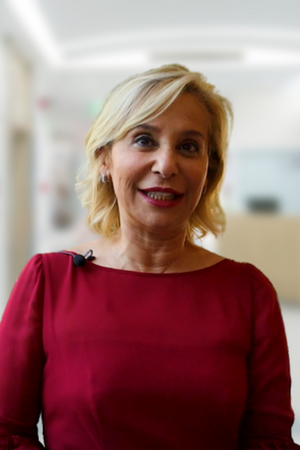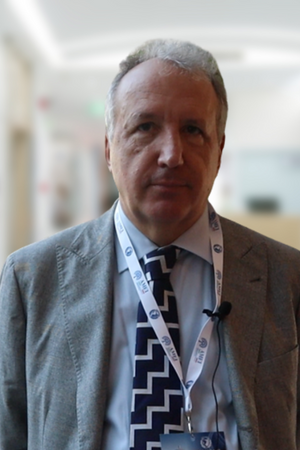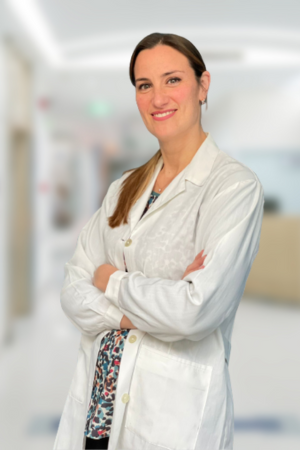
Biorevititalising and tension threads
A new approach for anti-ageing treatment, not only of the face and neck but also of the body, is the soft lift with PDO (polydioxanone) threads, a medical procedure characterised by minimal invasiveness and offering natural results.
Polydioxanone is a thread of synthetic origin, used for suturing the subcutis and deep structures. It is characterised by slow resorption (approx. 180 days) and a long holding time. Polydioxanone threads have long been used in both general surgery and cardiovascular surgery to achieve a stimulating effect on collagen proliferation and provide tissue support. In Aesthetic Medicine they are used to define the contour of the face and are therefore also called Contour Thread Lift. In addition to better defining the mandibular profile, these devices are also indicated for other areas such as
- frontal and superciliary region
- periocular region
- zygomatic/malar region
- cheek region
- submaxillary region
- neck
- décolleté
- inner arms
- inner thigh
- anterior aspect of thigh
- buttocks
The procedure consists of positioning threads, mounted on very small and fine needles, in the dermis facilitating the partial repositioning of sagging skin.
The action of the threads is not one of immediate lift, but of increased skin firmness.
The application, in most cases, does not involve anaesthesia; it is generally sufficient to treat the area subjected to the therapy with ice.
The positioning of the needles, (and of the relative threads), is done by means of implants that follow the tension lines of the skin and in any case form a network capable of stretching the tissue. Sessions: one or more sessions spaced an average of three to four months apart.
After treatment, the patient can return to normal daily activities immediately afterwards; the presence of any bruises can be masked with make-up.
Mechanism of action
The insertion of the threads into the skin creates a self-induced partial biological lift by means of two mechanisms:
1) Biostimulation proper: the action of the wires determines a good toning effect, through an increase in metabolism and a stimulating effect on the microcirculation, with improvement in skin luminosity.
2) Mechanical stimulation action: this is a soft-lift action.
With the positioning of the threads a stimulation of the dermis is realised. The dermis is rich in fibroblasts that provide for the health of the skin; these cells, sensitive to the action of the threads begin to produce collagen and all the components responsible for skin turgor. They can also assume contractile potential such that they exert modest traction on the surrounding tissues.
After about 6 to 8 months, the threads are completely reabsorbed, in a completely natural and harmless manner, but the biostimulation and lifting effect still lasts, since the support produced by the threads will have generated an important endogenous stimulation whose benefits will be visible much longer.
Not only moderately senescent skin can benefit from this therapy, but also patients with small acne scars, as the slight tissue stretching can contribute to scar reduction.
Finally, there are some threads characterised by the presence of mono- or bi-directional pins. The action is to promote tissue aggregation with a soft-lift effect and revitalisation that begins to become evident after 15-20 days with rejuvenation of the skin texture. Subsequently, the beneficial process on the skin continues, strengthening over the following months.
EXPERTS

DOTT.SSA MARIA ALBINI
AESTHETIC MEDICINE
DOTT. STEFANO TOSCHI
PLASTIC SURGERY
DOTT.SSA FRANCESCA LIRA LUCE
OTOLARYNGOLOGIST
DOTT.SSA ELISA MERATI
CARDIOVASCULAR SURGERYWhere we are
Address: Via Caduti di Marcinelle 7, 20134 Milano (MI)
Tel/Fax: 0235956256
Email : iser.milano@gmail.com
Opening Hours: Monday to Friday: 09.00 – 18.00
Book your visit now
For any information, please contact us by filling in the form below. One of our staff members will get back to you as soon as possible!
